My name is Mnkong Emmanuel Saah resident in Bamenda Cameroon. And I would love to share this amazing knowledge about the kola nut tree, and uses of kola nut typical of the west Africa in this community space to my friends and audience.
Permit me briefly talk about the kola nut tree. Kola is a genus of trees native to the tropical forest of Africa, classified in the family malvaceae, sub family sterculiodeae.
Species in this genus are sometimes referred to as kola tree or kola nut for the caffeine containing fruit produced by the trees that is often used as a flavoring ingredient in beverages The genus was thought to be closely related to the south American genus Theobroma, or Cocoa, but latter is now placed in different sub-family. They are evergreen trees, growing up to 20m tall ( about 60 feet ), with leaves up to 30cm long and star-shaped fruits.
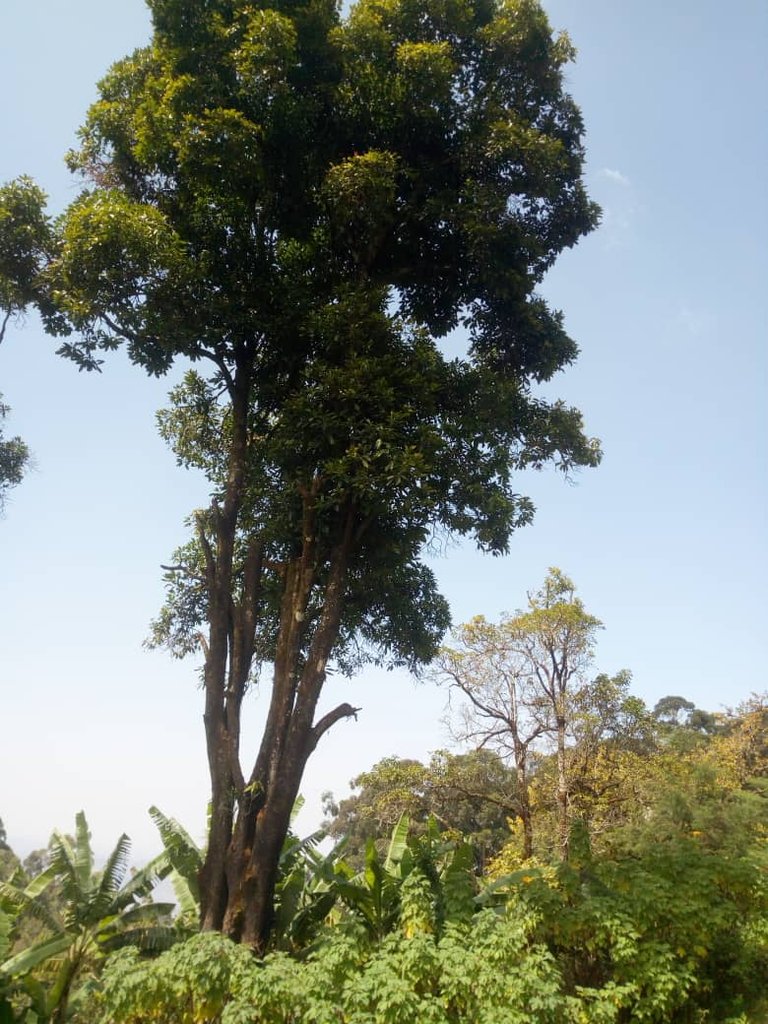
Kola-nut is the fruit of various species of "cola" trees that are native to tropical Africa. These nuts contain caffeine and are used as stimulants and to aid digestion.
Kola-nut is a symbol of hospitality and kindness in the communities in native range in Africa. Plates of theses nuts are offered as gifts or brought out when visitors arrive. Although they have little taste, they are chewed to help promote digestion. Kola nut trees were first actively cultivated in west Africa. Later, the trees were brought to Brazil and the Caribbean by Africans in the slave trade. Today, Nigeria and my Country Cameroon are growing kola nuts for commercial purpose and produced contribute more than 70% of World's cola sounds familiar that's because the famous American soft drink is related to the kola nut. This caffeine rich nut was used in the original cola recipe to provide the caffeine kick -along with real cola leaves.
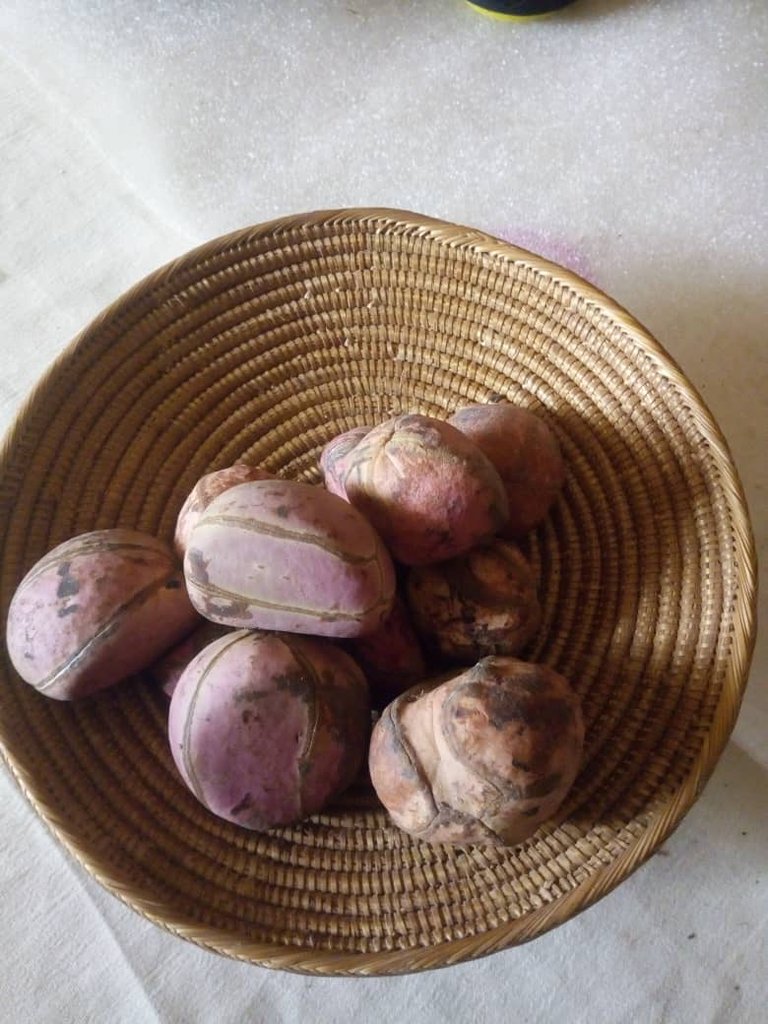
Today kola use has expanded and they have many uses in herbal and natural medicines. One of the many uses is as stimulants. In addition to caffeine, the nuts contain theobromine, the ingredient that is found in chocolate and reputed to bring a sense of wellbeing. This may explain the mild euphoria that's often reported when some chew the nuts. In addition to being stimulants, eating kola nuts may help increase oxygen levels in the blood and promote better concentration. Kola nuts are also used in tinctures to help " drive" other herbs in the blood. Other kola uses include fighting infection and clearing chest colds. Some even claim that kola nuts help people to lose weight by reducing appetite.
In Igbo culture as articulated in the novel, the kola nuts play a crucial part in many ceremonies and gatherings, but it appears in the novel primarily as a way of welcoming visitors to one's house or home in Igbo culture, the kola nut is a symbolic ritual of respect and is offered by hosts to make guests feel welcome. Kola is broken and eaten when a host welcomes a guest and it's powerful symbol of mutual respect and community. Men are deemed worthy of sharing the kola when they demonstrate their commitment to tribal values, and customs.
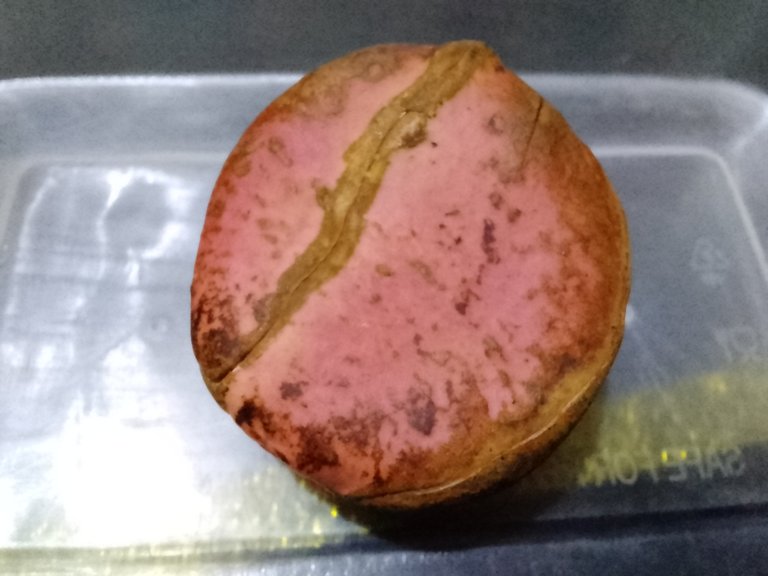
Let me now advance some reasons why kola nut tree is called "the tree of life". There are more uses and importance bothering on mysticism that make kola nut to be more qualified and regarded as the tree of life.
Mysticism and symbolism of kola: In Yoruba land, people say " obi ni bi iku, obi ni bi arun" which means, it is kola that wards off death, it is kola nut that wards off sickness or diseases. This saying arose from the fact that people believe in the efficacy of the ability of kola to ward off evil things when used either in divination for a sick person or as part of concoction for a sick person.
It is common to find elders in my community use kola nut for divination. They will take a pod of kola nut. remove a piece from the pod, and peel it and split it into cotyledons. They expect even or odd number of the cotyledons which represent an intended demand for an answer. In such cases they need just a yes or no from the kola. They would take a piece of kola and toss a four cotyledon kola as it is done in divination. For a yes answer which means that the sacrifice has been accepted, two of the four cotyledons must face up and the other two face down. If it happens that the three face down one face down it is implying a negative or a no. In this situation it is hinting danger or possible danger.
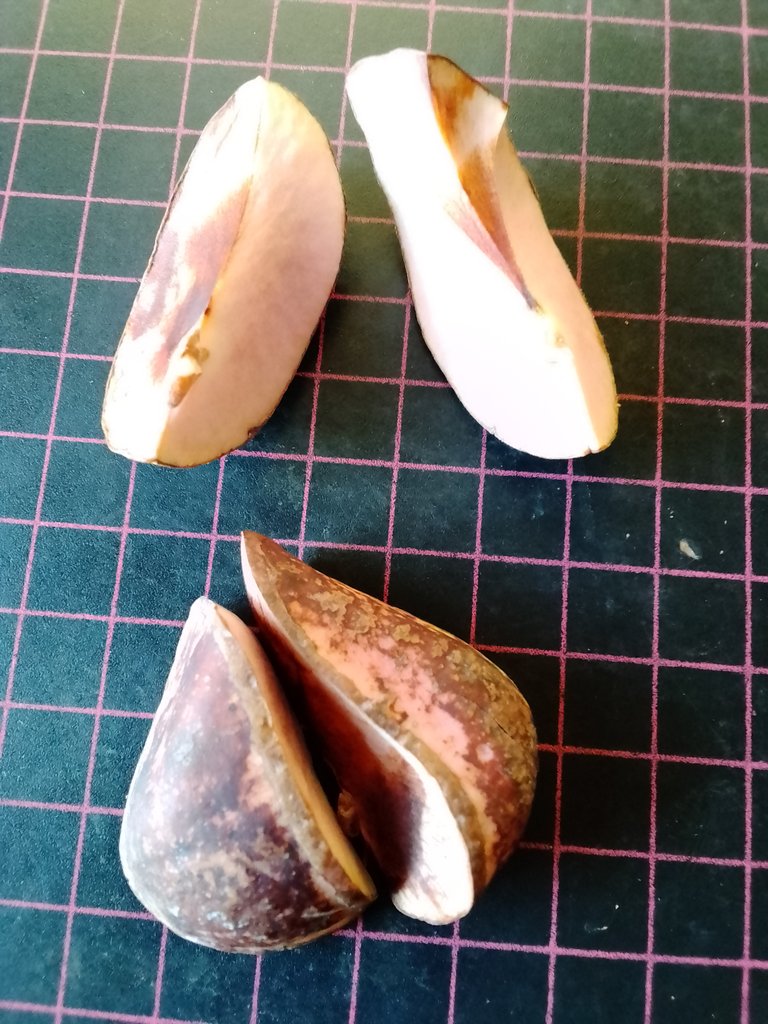
Kola is at times used for appeasement. The traditional worshippers offer kola nuts to their gods. Human beings also use kola nuts to appease fellow humans especially their enemies and those that they believe can harm them.
Apart from using kola nuts to appease God's and fellow human beings, kola nuts are also used as instruments of evangelization by christians and Muslims.
Historically kola nuts played a major role in the spread of Islam in Africa. In Cameroon and Nigeria in particular kola nuts trade had three great effects on Islam as a religion. First, it was used as a medium of getting to non Muslim Hausas who were there and converted to Islam. Secondly kola nuts trade brought a lot of wealth and as such financial success enable the merchants to devote more leisure time to pursuit of Islam learning and piety. Thirdly kola nuts enable converts to give alms, visit Mecca and establish private Islamic schools on fulfilment of Islam injunction. On the other hand the spread of Islam encourage demand on kola as the nuts were the only readily available stimulants which Islam did not condemn and thus it's trade increased as more people in the savannah region of west Africa became Muslims.
In some areas people became converted into christianity through the use of kola nuts. Christians were taught how to plant kola nuts trees due to its enormous benefits.
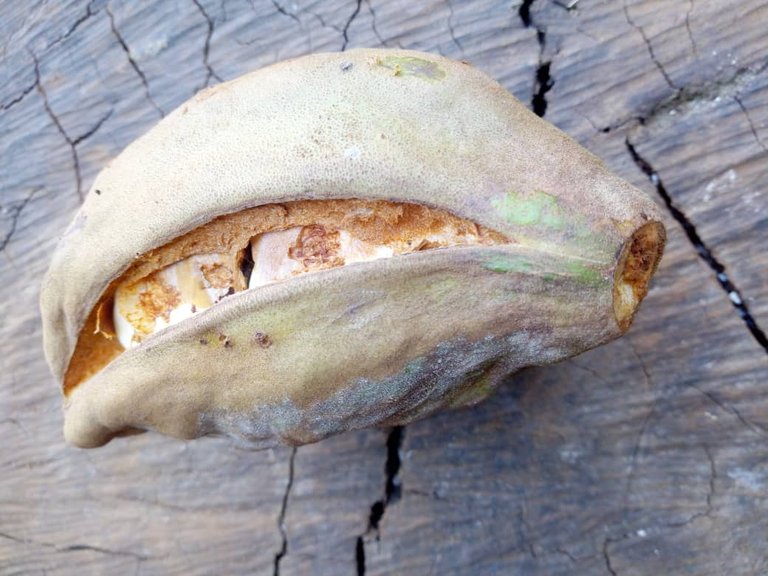
If there is one who still doubt why kola nut is called the tree of life, he/she can just visit an Igbo family in Eastern Nigeria; and you will find out that they will welcome you with a plate of kola nut, cooked oil and a knife and you will listen to the prayer that will be said. According to Igbo belief " he who brings kola, brings life". Thus the one piece of kola nut will be cut into little bits to be shared by you and other people around.
If you want to grow kola nuts you can start by planting a few nuts in containers when they are germinated, transplant the seedlings outside. You can also try growing kola nuts from cuttings. You must find an outdoor planting site with deeply rich and fertile soil with excellent drainage. If you decide to try growing the plant outside in the garde, it works best if you live on the coast in the rainforest conditions.